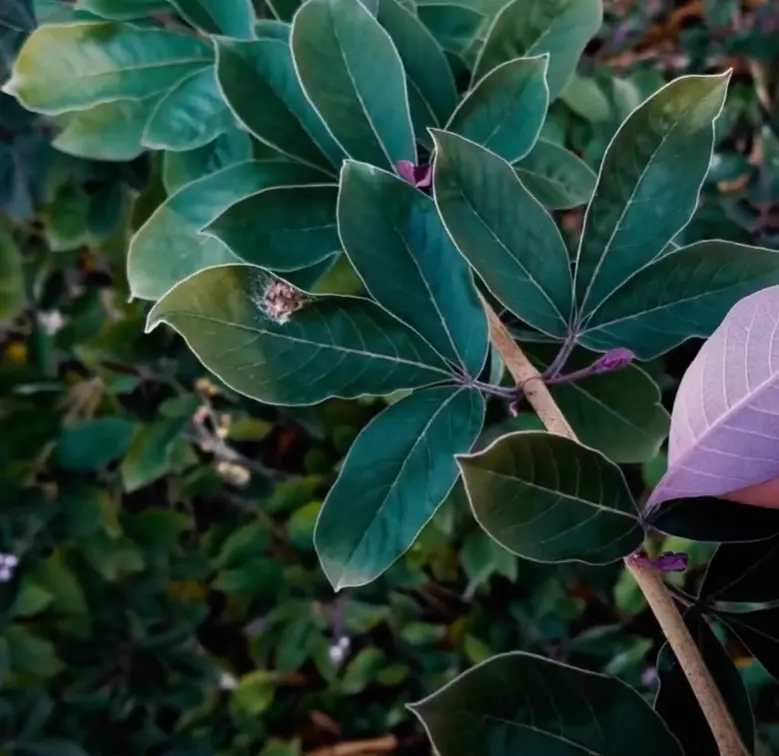Arabian Lilac, also known as Vitex trifolia, is a beautiful flowering shrub with both ornamental and medicinal value. It is native to tropical Asia and grows well in warm climates. The plant is known for its soft purple flowers and aromatic leaves.

About Arabian Lilac Plant
Arabian Lilac is not just a decorative plant. It also has natural healing properties and is used in traditional medicine. It attracts butterflies and bees, making it great for gardens and eco-friendly landscaping.
Key Features of Arabian Lilac
| Feature | Details |
|---|---|
| Botanical Name | Vitex trifolia |
| Common Name | Arabian Lilac |
| Flower Color | Purple to violet |
| Plant Type | Shrub |
| Height | 2 to 4 meters |
| Climate | Tropical to sub-tropical |
| Sunlight | Full sun to partial shade |
| Soil Type | Well-drained, sandy or loamy soil |
Benefits of Arabian Lilac
- Medicinal Uses: Leaves are used in traditional remedies for colds, fever, and skin problems.
- Natural Insect Repellent: The plant helps keep mosquitoes and insects away.
- Air Purifier: It helps clean the air around your home.
- Ornamental Beauty: The flowers add color and fragrance to any garden.
Product Types of Arabian Lilac Plant
Arabian Lilac is available in various forms in the market. Whether you are a gardener or a health-conscious buyer, there are several product options to choose from:
1. Live Plant
-
Sold in nursery pots or grow bags.
-
Ideal for gardens, balconies, or home landscapes.
-
Usually 1 to 3 feet tall when shipped.
2. Seeds
-
Available in small packets for home gardening.
-
Easy to grow if provided with proper sunlight and care.
3. Dried Leaves & Powder
-
Used in traditional herbal medicine.
-
Can be made into teas or natural remedies.
4. Essential Oil (Extract)
-
Made from leaves and flowers.
-
Used in skincare, aromatherapy, and natural insect repellents.
5. Plant Cuttings
-
Sold for propagation purposes.
-
Suitable for those who want to grow the plant from cuttings.
How to Grow Arabian Lilac
- Soil: Use loose, well-drained soil. Avoid heavy clay.
- Watering: Water regularly, but don’t overwater.
- Sunlight: Place the plant where it gets at least 4-6 hours of sunlight daily.
- Pruning: Trim the plant occasionally to maintain shape and boost flowering.
Common Uses
- Planted in home gardens and parks
- Used in herbal medicines
- Grown as hedges for borders
- Attracts pollinators like bees and butterflies
Arabian Lilac Plant Maintenance Tips
Arabian Lilac is a low-maintenance plant that offers beauty and benefits. Whether you grow it for its lovely flowers or its healing properties, it’s a great addition to your garden.